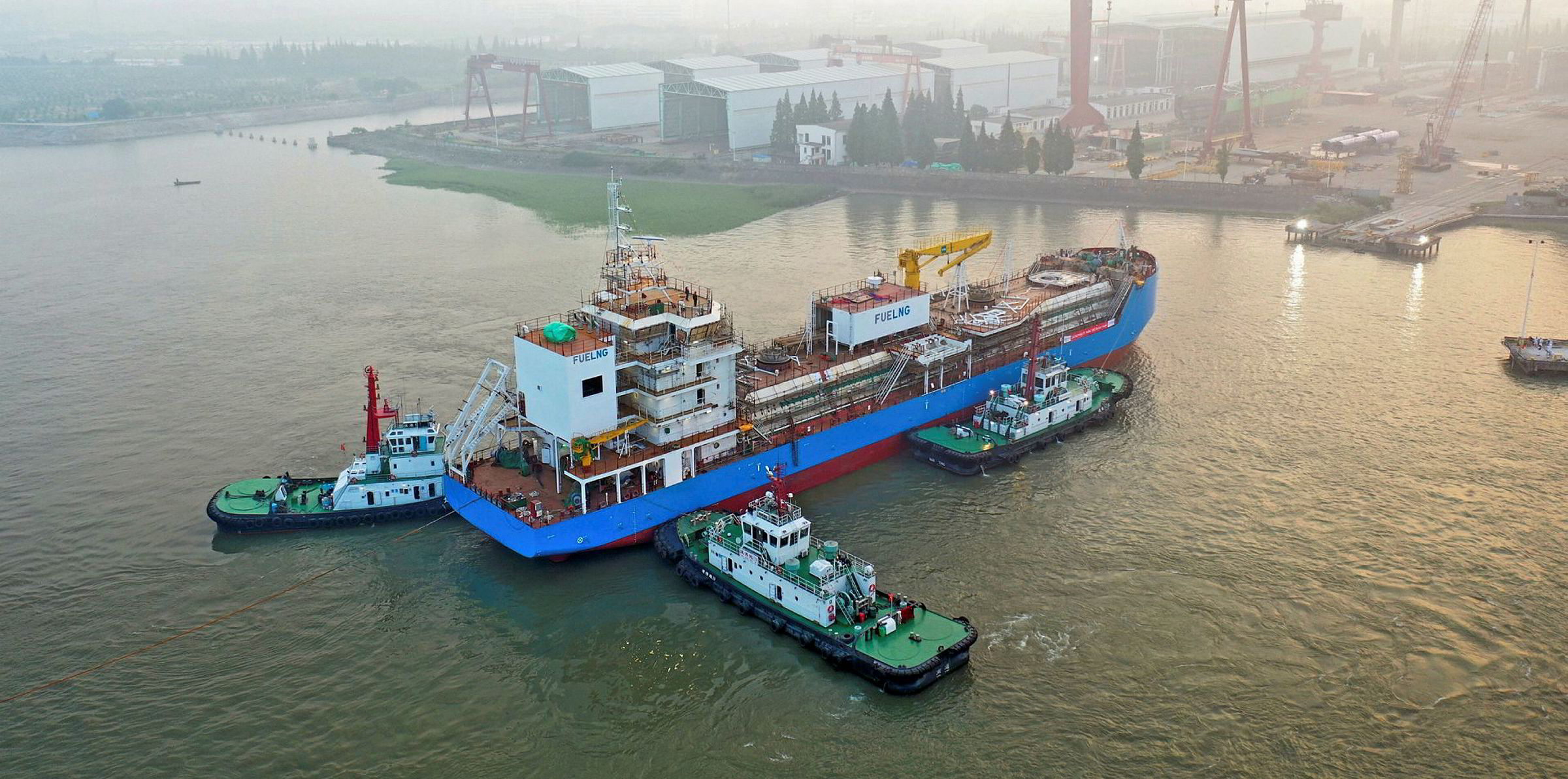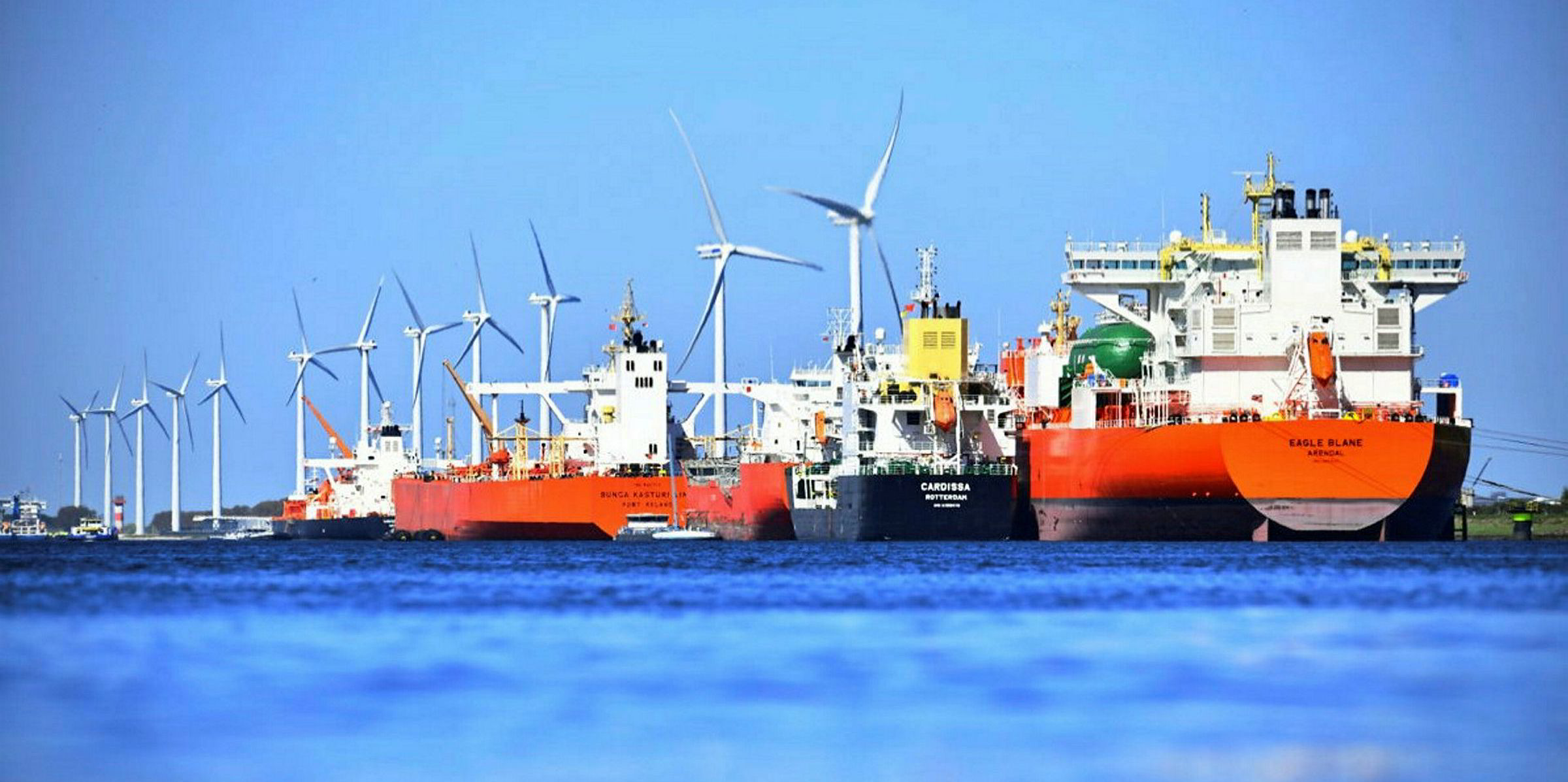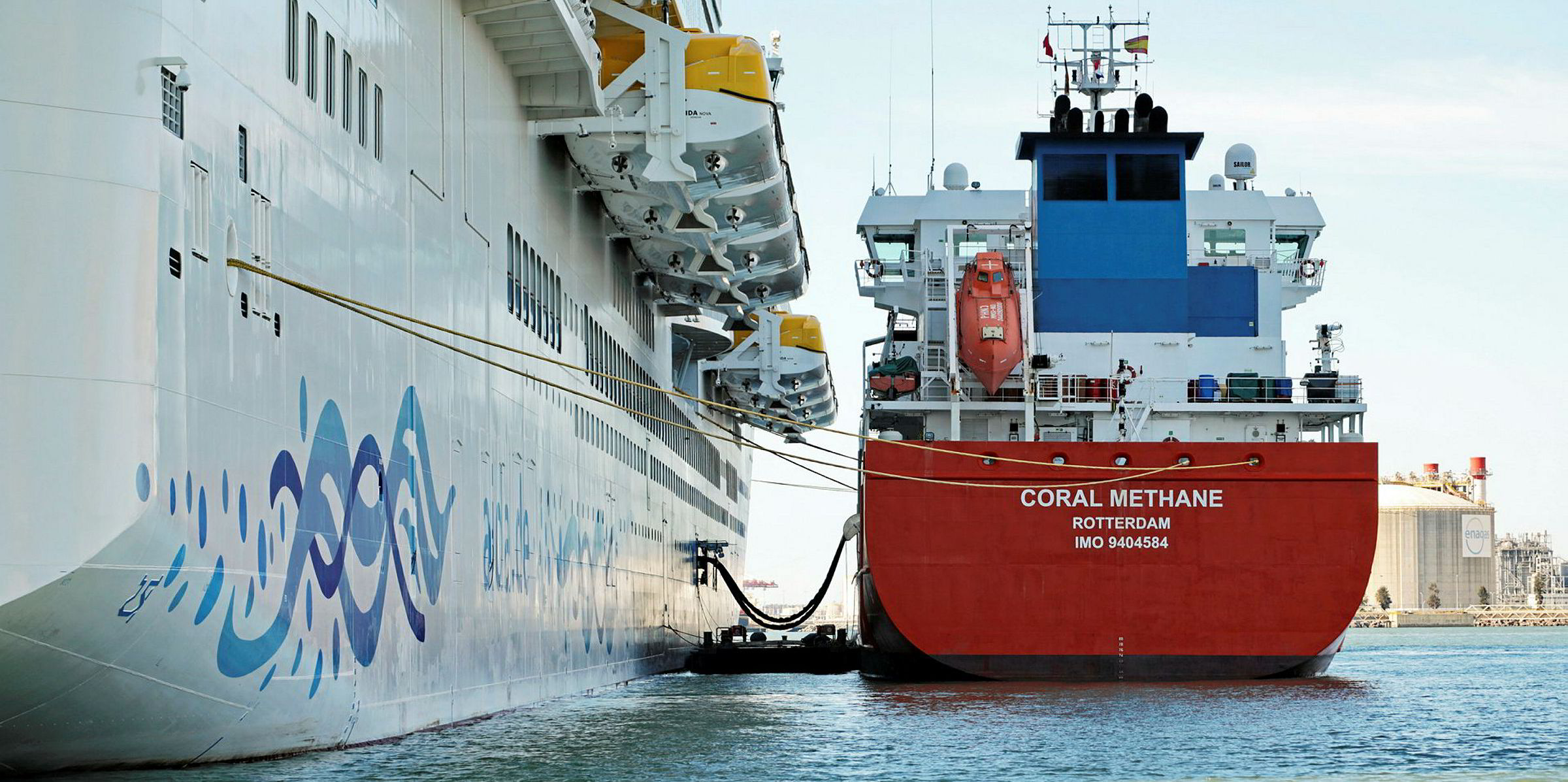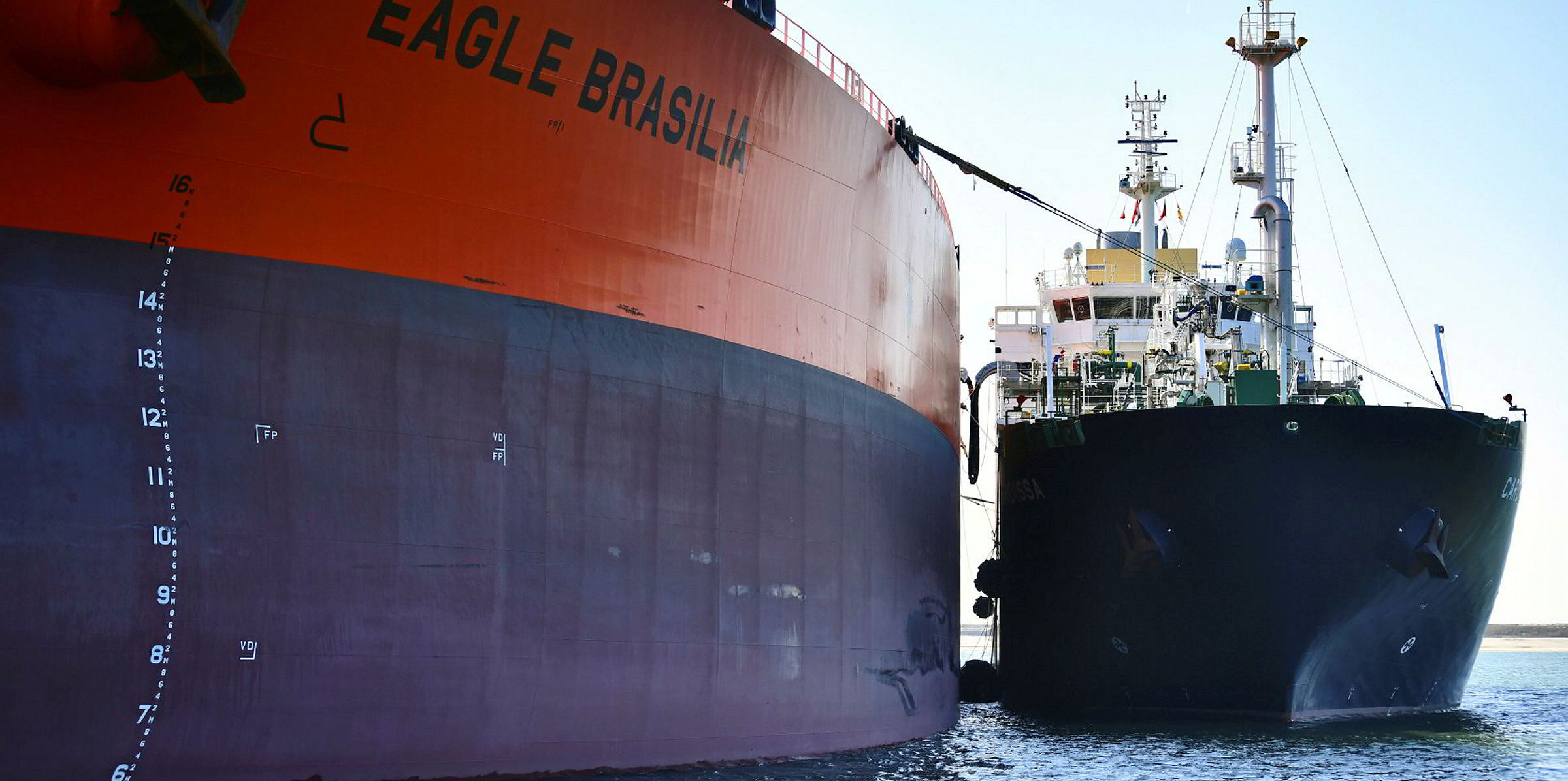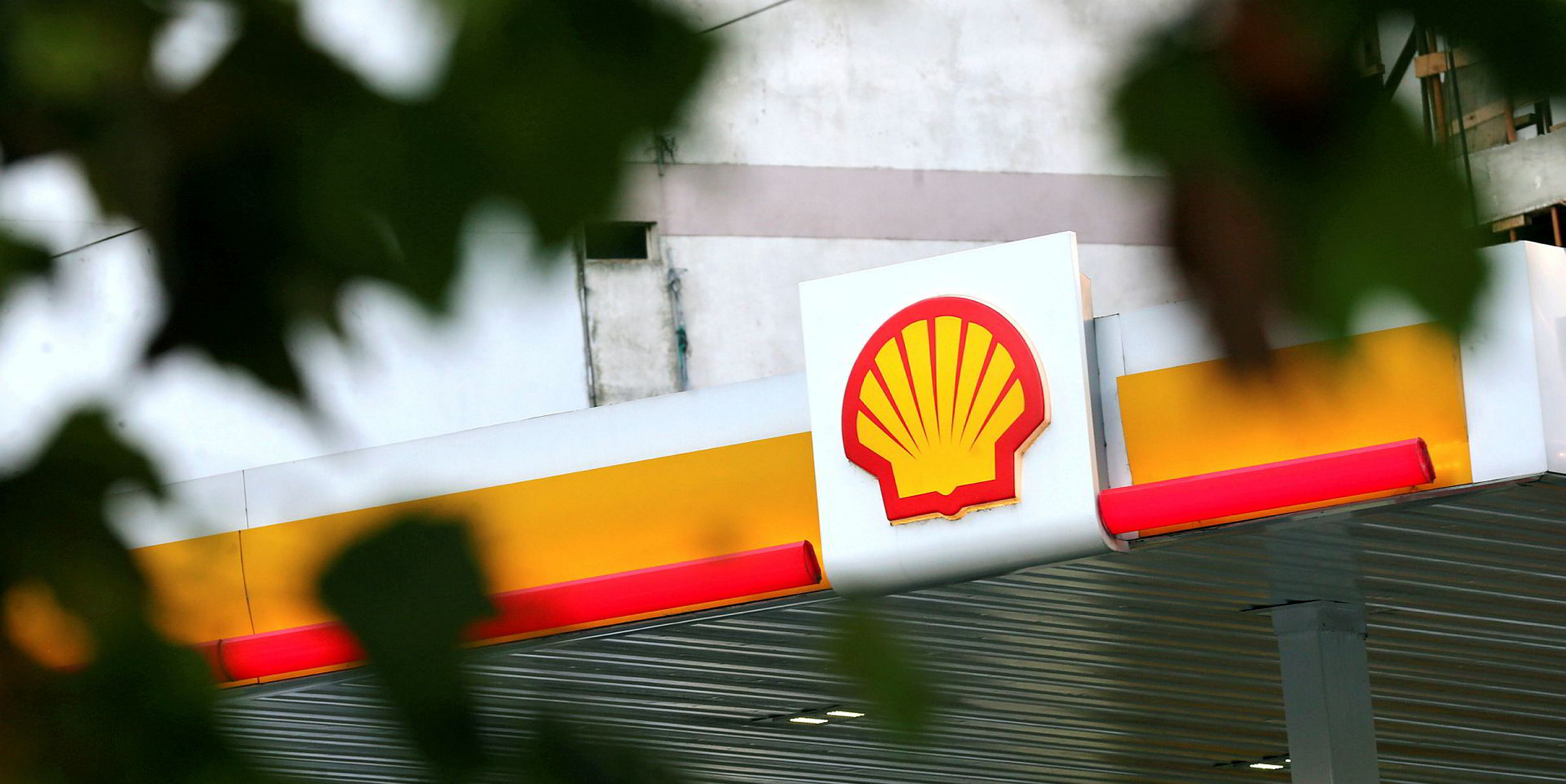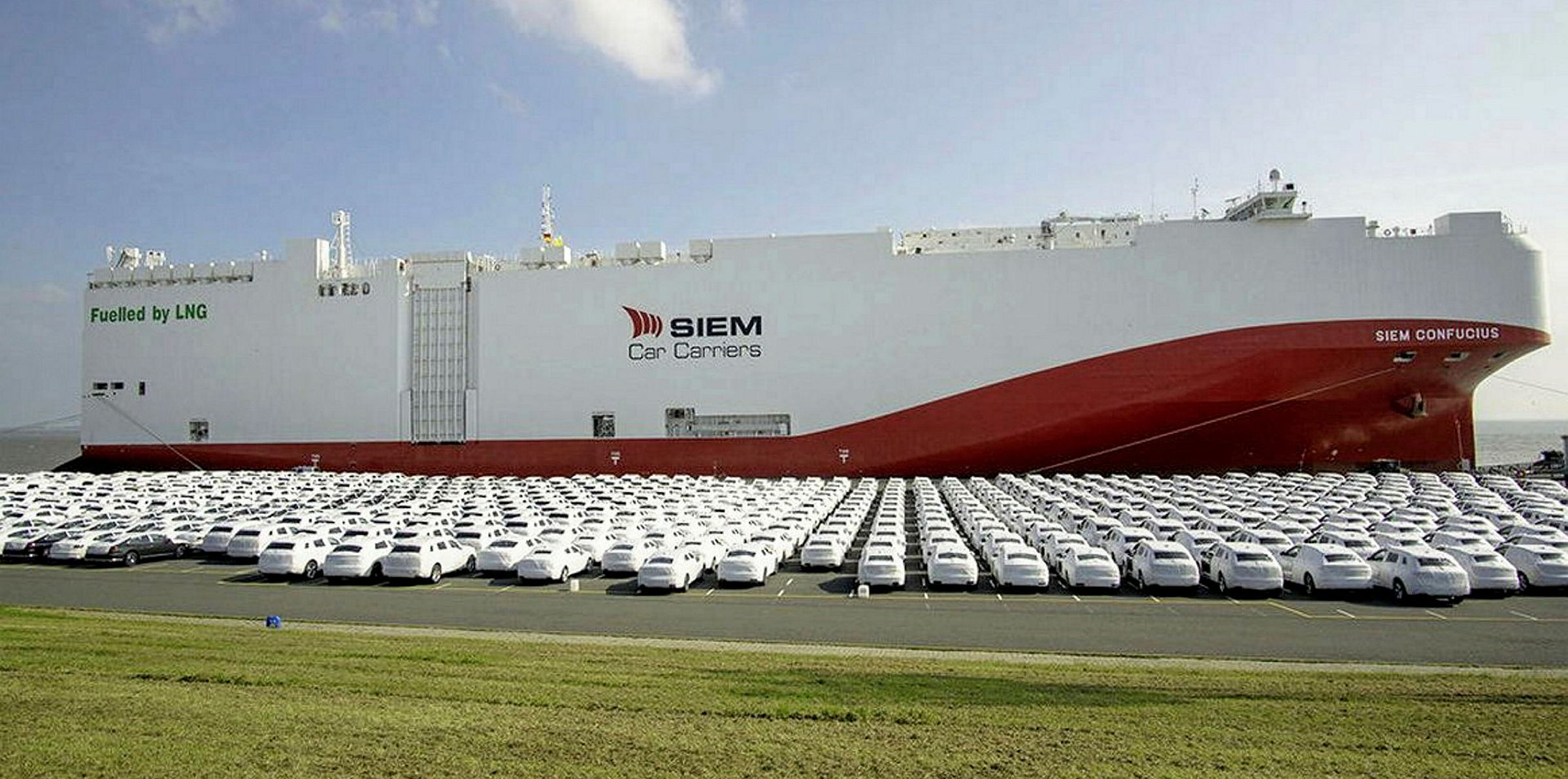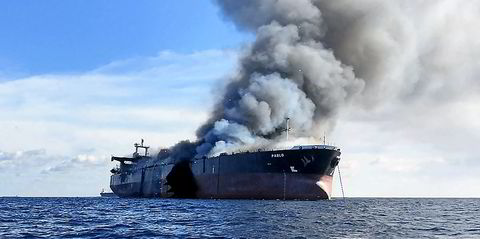Energy major Shell expects the cost of dual-fuel engines that can run on LNG to fall in the next year but it also believes there will be more scope to retrofit existing vessels with LNG fuel systems.
Tahir Faruqui, who is general manager and head of downstream LNG for Shell LNG Marketing & Trading, told TradeWinds: “The big opportunity that we see emerging in the next 12 months is the retrofitting of existing vessels with LNG fuel systems to improve emissions, extend the life of the asset and take advantage of the competitive pricing that LNG offers over conventional fuels.”
Falling costs
Faruqui also foresees a “significant cost reduction” on the incremental capital expenditure required to install an LNG dual-fuel propulsion system.
He believes the economic case for using LNG as a fuel will continue to be enhanced by the increase in LNG production.
Faruqui said marine LNG is starting to be given greater consideration as an environmental, social and corporate governance investment as the industry begins to understand and accept LNG’s role in meeting the IMO’s emissions targets.

He said there are currently more than 20 LNG bunker vessels (LNGBVs) either in operation or on order, adding that the expectation is that this number could double by 2025.
Shell, which has been both a pioneer but also a promoter of LNG fuelling, currently boasts a fleet of six LNG bunker vessels, which Faruqui said is the “largest global portfolio of vessels” with a range of sizes to suit customers’ needs.
The major has been linked to plans for a number of others including the charter of a soon-to-be-confirmed order by Enagas’ business arm Scale Gas for a 5,000-cbm LNGBV newbuilding that will be based in Barcelona.
“We have safely completed ship-to-ship LNG bunkering in more than six countries and multiple ports and plan to grow that in Singapore and the US very soon,” Faruqui said. “We expect to further grow the network in the key locations needed to provide the key market segments [with] flexibility in their fuelling options.”
Faruqui said the roll-out of LNG infrastructure — to support the expected demand growth for LNG as a fuel and shipowners who have a need for a greater level of flexibility for their routes — is growing at a rapid pace.
| Vessel | Size in cbm | Built/delivering | Ownership | Status | Equipment |
| Cardissa | 6,500 | 2017 | owned | in service | bunkering arm and hose transfer system |
| Coral Methane | 7,500 | 2009 | time-chartered | in service | hose transfer system |
| FueLNG | 7,500 | 2020 | joint venture | under construction | bunker boom and hose transfer system |
| Q-4000 | 4,000 | 2020 | time-chartered | under construction | hose transfer system |
| LNG London | 3,000 | 2019 | time-chartered | in service | bunker boom and hose transfer system |
| Pioneer Knutsen | 1,000 | 2004 | time-chartered | in service | hose transfer system |
| Source: | Shell |
He said the LNG bunkering network will continue to expand with Singapore and South Florida becoming new supply locations in the next 12 months.
Faruqui added that for container vessels on the East-West route, with LNG bunkering already available in Rotterdam and coming “very soon” to Singapore, these two locations alone can meet the demand of up to 75% of the ultra large container vessels and the neo-panamax ships that operate on the route.
For those considering retrofits, he said this can be done with an LNG fuel tank of a size that does not result in the material loss of container space.
For tankers, Faruqui said that with the start-up of LNG bunkering in the Gulf of Mexico, along with the availability in Singapore and Rotterdam, all the long-haul demand for these vessels can be met.
Faruqui added that the industry will continue to see growth in network points and further investment in LNGBVs, and an overcoming of the barriers to adoption for customers.
Asked what concerns potential customers are raising on LNG fuelling and why there is hesitancy in its uptake, Faruqui said that much of the market is used to conventional oil-linked pricing for bunkering and is new to the dynamics of gas pricing.
He said shipowners and charterers also raise the issue of the incremental capital expenditure needed for both newbuildings and retrofits. But he highlighted the tanker sector, where he said there is an increase in the number of dual-fuel vessels being ordered and considered.
“Through better collaboration between original equipment manufacturers, owners and charterers we have observed a strong drive and positive results in reducing capex and reallocation of risk,” he said.
But he rejected the concerns sometimes voiced in the industry about the lack of LNG bunkering infrastructure.
“The industry has witnessed a considerable increase over the last five years in the number of ports where LNG bunkering is taking place with a large increase in the number of LNG bunker barges currently in operation and under construction,” he said, citing the growth of new players in ports in Northwest Europe.
“Shell has already safely completed more than 250 LNG bunkering operations,” he added. “Increasing the availability of marine LNG is relatively straightforward as it is essentially about adding the last mile to get the well-to-wake benefit, unlike other cleaner burning fuels being considered.”
